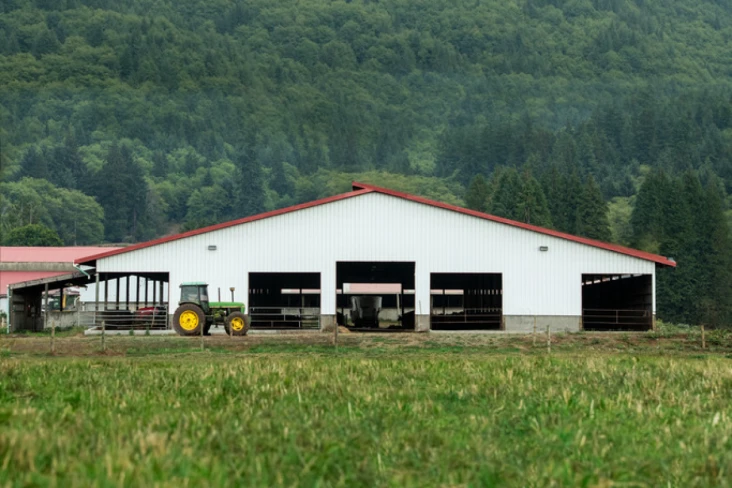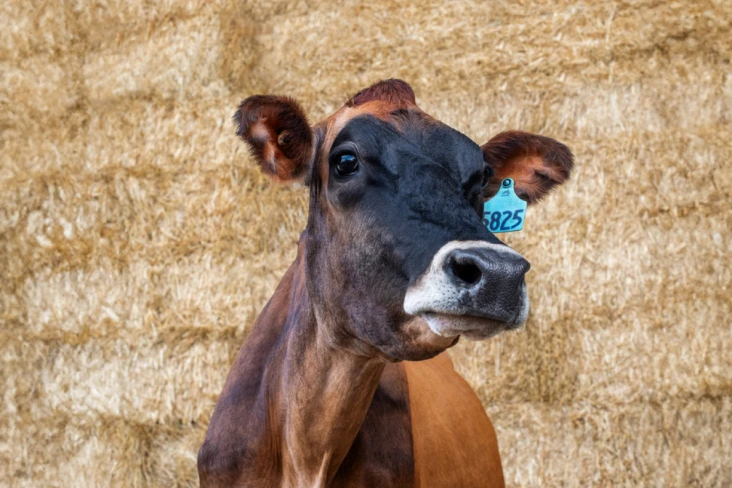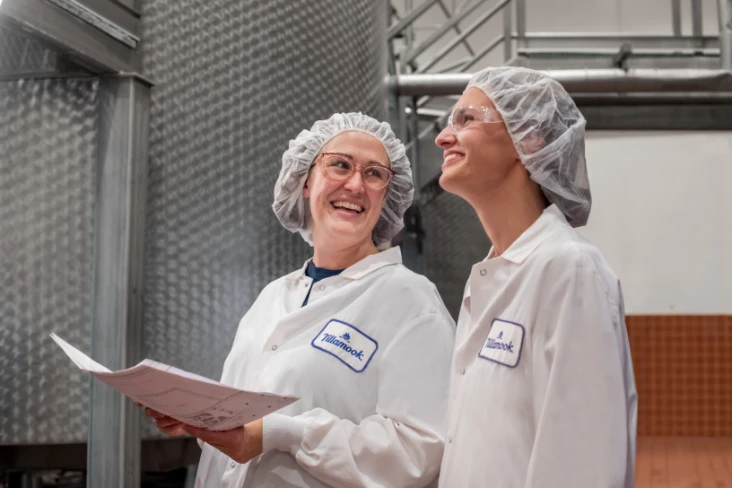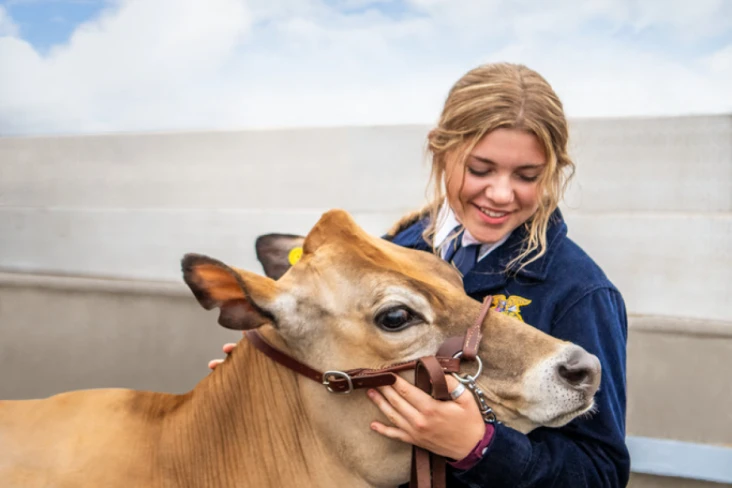2022 GLOBAL REPORTING INITIATIVE ISSUE BRIEF
Because TCCA depends on natural resources to deliver wholesome products, we recognize our obligation to protect those resources. According to the U.S. Environmental Protection Agency (EPA), the agricultural industry contributes 9.9% of our nation’s anthropogenic (human-influenced) greenhouse gases (GHGs), and the dairy industry is almost 2% of total U.S. emissions. As a leading voice for dairy, it is our duty and passion to promote transformative solutions to reduce our environmental impact.
TCCA has a comprehensive Stewardship Management System, which includes policies, procedures, documentation, measurement and communication of our practice and performance. A key component of this management system is our board-approved, third-party reviewed 2017 Stewardship Charter. Developed with key stakeholders in mind, this charter defines our vision and six values-based commitments, including Enduring Ecosystems, which guides our work on energy, emissions, and navigating climate change. In 2022, we also released our Climate Action Plan (CAP), with a target of reaching a 30% reduction in absolute emissions from a baseline year of 2020. The CAP has 27 strategies that were identified by TCCA staff modeled by a consultant team to assess GHG reduction potential.
Key Players: At TCCA, contributions to company performance against stewardship-focused goals are collaborative and shared across multiple departments.
Our Engineering Team manages and monitors GHG-related data (electricity, propane, steam, etc.) within our facilities, and works to implement energy-saving solutions on a continuous basis.
Our Operations team supports the effort of our Goal Zero (GZ) team, a group focused on driving down impacts in our facilities against energy, water, and material waste targets. The GZ team works to deliver against multiple functional targets, including emissions reduction, operational cost savings, and raising values-based engagement.
Our Farm Services Team includes a designated Natural Resources Lead that promotes good agricultural practices, including manure and nutrient management, air emissions studies and other on-farm practices. This team also works to collect farm-level GHG emissions data through the FARM Environmental Stewardship tool.
Our Supply Chain team supports our Stewardship Supplier Engagement Program which aims to gather ESG (environmental, social and governance) and other sustainability performance indicators from our supply partners, including climate change goals.
Our Environment and Community Impact Team works cross-functionally to establish strategies, teams, and programs that help TCCA meet broader goals, like those established in our Climate Action Plan. The team collects and manages our annual greenhouse gas accounting process to inform company emissions performance and prioritization of projects They also work with industry leaders and policy makers to identify new opportunities such as carbon sequestration programs, promote climate-smart agricultural policies, and develop clear climate goals.
TCCA works with government agencies, non-governmental organizations and industry groups such as Food Northwest and Oregon Business & Industry. Together we focus on impact areas like energy, water, fuel consumption and GHG mitigation and adaptation. We participate directly in policy advocacy with local and state officials. We are on the Food Northwest Energy Committee that strives to identify solutions for energy reduction. TCCA is also a member of the Innovation Center for the Dairy Sustainability Alliance, which has a long history of collaboration between key players in the dairy industry. We formally aligned with their commitment across the dairy industry to become greenhouse gas neutral or better by 2050. In 2020, we started submitting our resource use data, including GHG emissions, to the U.S. Dairy Processor Reporting Tool, which will serve as a benchmark for the dairy industry in the United States.
The electric power at our Tillamook manufacturing facility is from Tillamook People’s Utility District (TPUD), which sources electricity from Bonneville Power Administration (BPA). According to the 2022 report, 83.16% of BPA’s electrical power was from renewable sources, sourced by 31 federal hydroelectric projects in the Northwest, one non-federal nuclear plant and several small non-federal power plants. To reduce emissions from electricity above this grid composition, we have joined the TPUD Green Power Program and pay a premium per-kilowatt hour for 100% renewable energy at the Tillamook Creamery Visitors Center and 10% renewable energy to run our manufacturing plant. The electric power at our Boardman, Oregon, manufacturing facility is from Umatilla Electric Cooperative (UEC). According to 2020 reported data, 25% of UEC’s power was renewable, sourced from hydropower facilities.
In addition to electric power, our manufacturing facilities rely on steam, propane, natural gas and diesel as energy sources to support operations. In Boardman, we purchase steam from the Portland General Electric (PGE) Coyote Springs electricity co-generation plant. By purchasing waste steam from PGE, we improve energy efficiency and make use of an energy source that would otherwise be a waste product.
Each year we conduct a comprehensive environmental footprint to track GHG emissions and measure our total energy consumption. Our corporate carbon footprint has been computed in accordance withthe Greenhouse Gas Protocol, developed by World Resources Institute and World Business Council for Sustainable Development. We have reported Scopes 1 and 2 GHG emissions since 2012 to the CDP(formerly known as the Carbon Disclosure Project), and from 2014-2021 we added measurement of our Scope 3 GHG emissions. We selected 2020 as our base year for tracking GHG emissions, as it is the year that will serve as the base year of our Climate Action Plan. TCCA’s Climate Action Plan was developed over the course of 2021 and 2022 with input from key stakeholders across the organization.
Our 2021 emissions data is provided below. We work in alliance with Quantis, an international sustainability consulting firm, on our footprint calculations. We also report our sustainability practices in alignment with the rigorous Global Reporting Initiative protocols.
For reference, GHG emissions result from a variety of activities. Direct emissions (Scope 1) come from within a company’s organizational boundary from sources owned or controlled by the company. Indirect emissions (Scopes 2 and 3) result from a company’s activities, but from sources owned or controlled by another company.
Target KPIs for 2021:
Direct emissions (Scope 1): 13,000 metric tons CO2-eq
Indirect emissions (Scope 2): 26,000 metric tons CO2-eq
Other indirect emissions (Scope 3): 1,339,000 metric tons CO2-eq
Target KPIs for 2022:
Direct emissions (Scope 1): 15,000 metric tonsCO2-eq
Indirect emissions (Scope 2): 25,000 metric tons CO2-eq
Other indirect emissions (Scope 3): 1,474,000 metric tons CO2-eq
Please see https://www.tillamook.com/climate for a year over year look at our progress towards these goals.
Programs for Addressing On-Farm Scope 3 Emissions
Dairy emissions are generated through many processes, including enteric fermentation—a natural digestive process that results in methane. Methane and nitrous oxide are emitted from manure storage and during field application. Both gases have significant carbon intensities with methane having a global warming potential (GWP) 25 times as potent as CO2 and nitrous oxide having a GWP 300 times as potent as CO2. Nitrous oxide is also emitted from the soils in the production of feed crops and pasture because of fertilizer application. Our on-farm carbon mitigation and sequestration efforts are outlined below. These primarily occur on TCCA farmer-owner farms only, unless stated otherwise. The following are programs we have to address our Scope 3 emissions, with more information on our Climate Action Plan website:
Regenerative Agricultural Practices: Regenerative agriculture aims to capture carbon in soil and aboveground biomass, reversing current global trends of atmospheric accumulation. These healthy soil practices result in many ecosystem services such as sequestering carbon, improving water quality, increasing groundwater infiltration, and providing habitat for wildlife. Over 90% of our farmer-owners are applying regenerative management practices, such as nutrient management, cover cropping, no till, and riparian buffers.
Biodigesters: Since 2018, cow manure in Tillamook has been sent to dairy digesters that generate renewable electricity for over 1,000 homes annually though the Tillamook county People’s Utility District’s Green Power Program. Biodigesters also mitigate water quality issues by converting raw manure into a liquid fertilizer with reduced coliform content. TCCA pays a premium per kilowatt-hour to source 100% of our electricity use for The Creamery Visitors Center and 10% of our production plant and offices in Tillamook from this program. In addition, our main milk provider in Boardman has a large dairy digester that creates renewable natural gas, reducing their GHG emissions by approximately 136,000 mt CO2 e/year.
Feed Supplements: Feed supplements such as ionophores are known to reduce the GHGs associated with enteric fermentation. Studies have shown that using ionophores as a dietary supplement can reduce methane production by as much as 30%. Most of TCCA’s farmer-owners work with dairy nutritionists to introduce ionophores as a dietary supplement at some point during the lifetime of the cow. TCCA has actively engaged with scientists and industry thought leaders to explore alternative feed varietals and supplements that would achieve similar results.
Farm-based air emissions: We have hired a third-party consultant to evaluate air quality best management practices for our farmer-owners. This includes consideration of animal nutrition and feed management, as well as milking parlor practices, housing type, grazing practices and manure and land management—activities that can result in fewer emissions when correctly managed.
Milk Urea Nitrogen: We track Milk Urea Nitrogen (MUN) (in mg/dl) from farmer-owners in Tillamook as a proxy for animal welfare and ammonia (NH3) emissions. Ammonia is emitted from barns, manure storage areas and soils, and can contribute indirectly to production of nitrous oxide (N2O), a GHG. As a breakdown product of protein, MUN can be used to monitor the protein status of cows and indicates feed use efficiency (a measure of how much milk is produced relative to the amount of feed consumed).
Programs for Addressing our Scopes 1 and 2 Emissions
TCCA creates emissions due to the electricity, fuel, natural gas, propane and steam use at our operating sites. These sites include the Tillamook Office and manufacturing facility, Boardman Office and manufacturing facility, Farm Stores, The Creamery Visitors Center, the Portland Outpost, and the Tillamook Market. Below are programs we have put in place to address our Scopes 1 and 2 emissions:
Fleet Efficiency: While the largest source of our GHG emissions is from the production of milk, our second largest contributor is the upstream and downstream transportation of ingredients and final products. We have worked diligently to improve operation efficiency and reduce fuel consumption. Our Logistics team manages several efforts that help reduce emissions from transport:
The Oregon Green Light Program, which allows TCCA-owned trucks to bypass Oregon automated weigh stations through a preclearance system, saving us 4,131 gallons of fuel in one year.
Smartway, an EPA program that helps companies prioritize carriers with efficient trucks and lower carbon rankings. TCCA has a goal to contract with 100% Smartway carriers by 2030.
In 2022, our Logistics team converted our fleet to renewable diesel (R99), a cleaner diesel that is made from waste products. Comprehensive emissions from R99 are roughly 1/3 of petroleum-based diesel and can decrease particulate matter in half.
Energy Efficiency Projects: In 2022, TCCA implemented energy reduction projects that will save an estimated 420,000 kWh and 97 metric tons of CO2-eq annually. These projects included replacing low-pressure, high-volume air blowers with more efficient models & a boiler blowdown heat recovery system.

U.N. Sustainable Development Goals
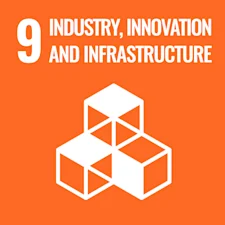
Goal 9
Build Resilient Infrastructure, Promote Sustainable Industrialization and Foster Innovation
Adopting and supporting new technologies, such as a digester, is one way in which we are committed to advancing innovation in the industry.

Goal 13
Take Urgent Action to Combat Climate Change and Its Impacts
We have taken the initial steps to identify and to understand our greatest climate change impacts and are working to implement actionable changes.
Our 2022 Stewardship Report has been prepared in accordance with the GRI Standards: Core option.
Commitments to stewardship
